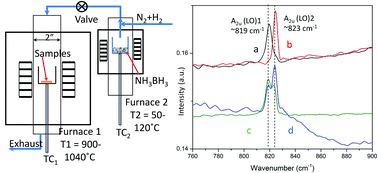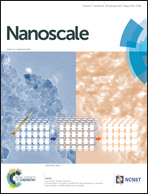Growth and spectroscopic characterization of monolayer and few-layer hexagonal boron nitride on metal substrates
Abstract
Atomically thin two dimensional hexagonal boron nitride (2D h-BN) is one of the key materials in the development of new van der Waals heterostructures due to its outstanding properties including an atomically smooth surface, high thermal conductivity, high mechanical strength, chemical inertness and high electrical resistance. The development of 2D h-BN growth is still in the early stages and largely depends on rapid and accurate characterization of the grown monolayer or few layers h-BN films. This paper demonstrates a new approach to characterizing monolayer h-BN films directly on metal substrates by grazing-incidence infrared reflection absorption spectroscopy (IRRAS). Using h-BN films grown by atmospheric-pressure chemical vapor deposition on Cu and Ni substrates, two new sub-bands are found for the A2u out-of-plane stretching mode. It is shown, using both experimental and computational methods, that the lower-energy sub-band is related to 2D h-BN coupled with substrate, while the higher energy sub-band is related to decoupled (or free-standing) 2D h-BN. It is further shown that this newly-observed fine structure in the A2u mode can be used to assess, quickly and easily, the homogeneity of the h-BN–metal interface and the effects of metal surface contamination on adhesion of the layer.


 Please wait while we load your content...
Please wait while we load your content...